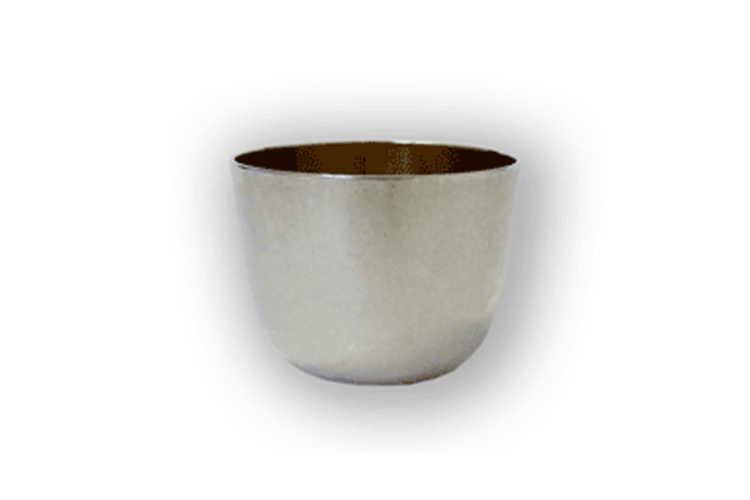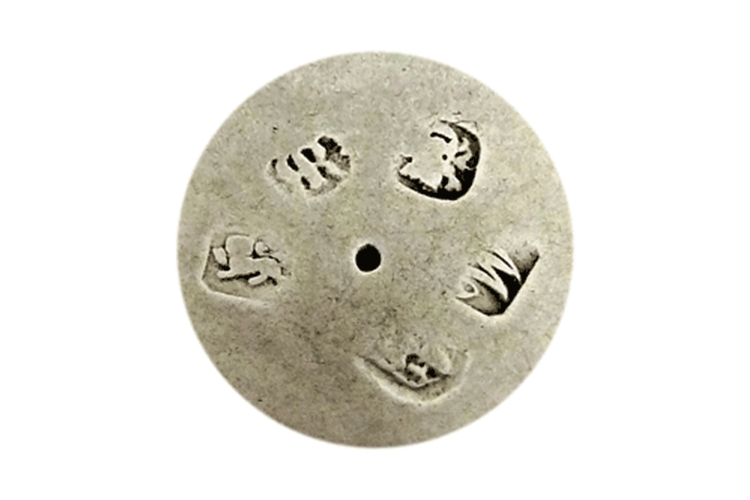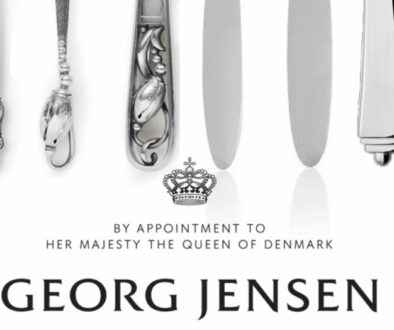
The History of the Chester Assay office
Chester had a Guild of Goldsmiths from the early 15th century. However, records from the Chester office only begin at the end of the 17th century after tighter legislation was introduced.
The earliest pieces of Chester silver were struck with the Arms of Chester; three wheatsheaves and a sword in a shaped shield. From 1701 the mark changed to the Arms of Chester impaling those of the Earl of Chester (three lions) but reverted back to the earlier mark in 1779.
Chester was granted an official Assay Office in 1700 and until its closure in 1962 there are very detailed records of the maker’s and the date letters.

A Brief Introduction to Hallmarks
- Hallmarks were first introduced in 1300 and were struck to denote that the standard of the item was of the King’s standard, i.e. sterling silver. This system was introduced in London first and soon spread across the provinces of England.
- In 1363 a second mark was introduced to identify the maker of the item.
- In 1378, a mark was introduced to denote which town the article was assayed in (the term hallmarks comes from the assay halls where they were marked – literally ‘the mark placed at the hall’).
- Finally in 1478 a final mark was added indicating the year the item was marked.
So by the middle of the 15th century the British had a system of marking and identifying silver and gold which is still the envy of the world.
Chester Silversmiths
By far the most prolific family of silversmiths in Chester was the Richardson family. The first was Richard Richardson (1674-1729). Three further generations of Richard Richardson’s would follow and the tumbler cup illustrated above was made by Richard Richardson II.
Tumbler cups were a speciality of the Richardson family. Typically around 5-10cm high and very plain, tumbler cups are known from the reign of Charles II. They have a weighted bottom to keep the cup upright and were designed to have their contents drained in one! Many believe these cups to have been given at cockfighting events, but there are few references to support this.
Through the 19th century Chester remained an important assay office where local and foreign silversmiths work was assayed.
Bethold Mueller is a name often associated with the Chester Assay Office as they were an import firm. They predominantly distributed silver produced by Neresheimer & Co. Based in Hanau, Germany, Neresheimer & Co produced copies of much earlier pieces of silver. It was Mueller who imported these to England, and to comply with our Hallmarking regulations all of the imported pieces had to be tested for purity and marked. The tell-tale sign that your piece of silver has been imported is the inclusion of a letter ‘F’ (implying ‘foreign’) within a shield as part of the hallmark.
The Grosvenor Museum
The Grosvenor Museum in Chester holds one of the best collections of Chester silver. There are hundreds of pieces on display and is well worth a visit for anyone interested in Chester silver.
Free Valuations on your Chester Silver
Please use the form below to send us details of your silver and we will be in touch with a free valuation and information on how to sell your item.



